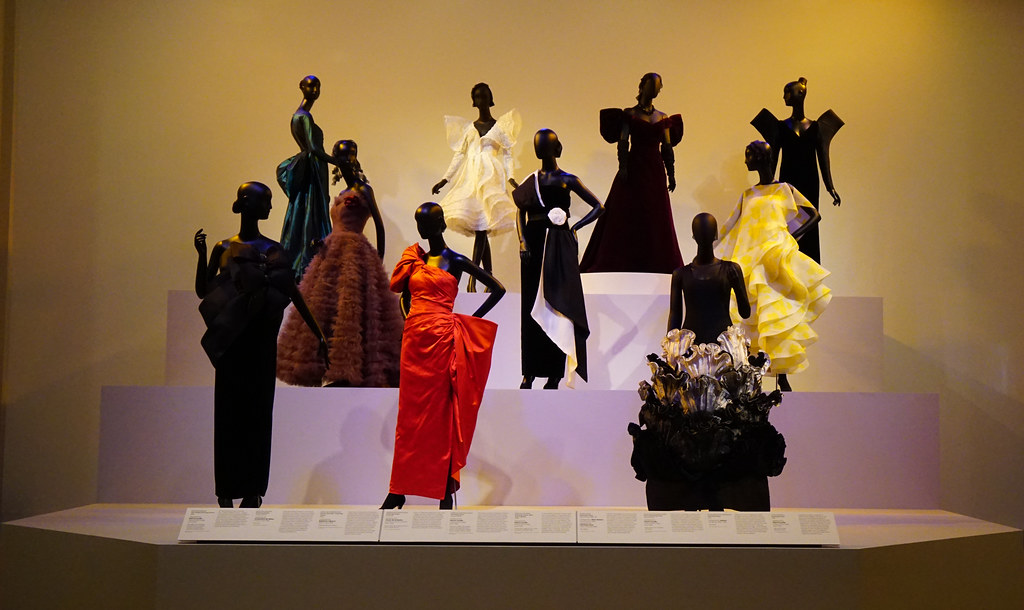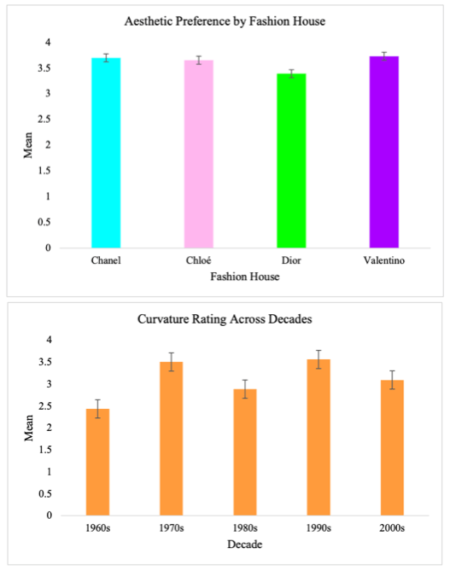
Coming from a psychological background means I have plenty of research experience under my belt. While I never explicitly researched girls’ or women’s studies, girls have always held great relevance in my work. Throughout my years of research, I have learned that including and involving girls is more important now than ever. In the psychological community, there’s a serious issue known as the replication crisis. This refers to findings not holding up when studies are replicated (Anvari & Lakens, 2018). This can be for a variety of technical and statistical reasons, but one that sticks out is how exclusive studies can be. In the sciences, psychology included, white men are regularly the ones who have been in charge the longest. Because of this, it is not uncommon, especially in older studies, to have studies conducted by white males and with white male participants.
This exclusion is often done out of convenience when making surveys or conducting data analyses. For example, having the options male and female makes statistics pretty streamlined. However, adding another option that includes trans individuals means an extra step for the researcher. This ignorance and laziness is an epidemic in the scientific community. How can we make claims that research is representative of the population if the population is not being actively included? To shed light on this, I’m going to discuss my most recent research and how I made sure voices were heard. This way, readers know what to look for when they encounter research and those who have an interest in conducting research will have an idea of what steps to consider.
Part of my Master of Science degree in Psychology of the Arts, Neuroaesthetics, and Creativity was to complete a MSc Research Project. I wanted to do empirical research on a topic that is generally not investigated. The topic of fashion is often deemed to be a feminine one, and it is rarely looked at from a psychological lens and aesthetic perspective. My study, What Goes Around Comes Around: An Investigation of the Aesthetics of Curvature in Fashion, Reminiscence Bumps, and Openness to Experience, looked at runway images of fashion silhouettes from 4 fashion houses across 5 decades. The fashion houses included Chanel, Chloé, Dior, and Valentino.

I had participants take a survey and rate runway images on their aesthetic preference and assign a curvature rating to each image. I compared these ratings to the participants’ age and their score on the personality trait openness to experience. I found that the 1970s and 1990s were the curviest decades and Chloé was the curviest fashion house. Participants aesthetically preferred the 1980s and 2000s the most, and Valentino was the most aesthetic fashion house. Furthermore, curvature and aesthetic preference ratings positively correlated. This means that as curvature ratings increased so did aesthetic ratings. Openness to experience and curvature ratings also positively correlated. There was no difference between age groups but this is likely due to the limitation of the sample size. These are interesting findings that contribute to an under researched area. So how did I manage to do this and be as inclusive as possible?
I had to make sure that my demographic questions (things like age, gender, and race/ethnicity) were at the end of my survey. This is important because it helps avoid stereotype threat affecting the results. Studies have shown that reminding people of gender or race before a task have had a negative outcome on their testing abilities compared to groups who were not reminded (Pennington et al., 2016). By putting these questions at the end, this avoids the problem because the bulk of the survey is complete. It is crucial these questions are thorough, clear, and representative. I also included more gender options than the traditional dichotomy, allowed fill in the blank options for gender and race/ethnicity, and allowed multiple race/ethnicities to be selected.
Inclusions such as these should not be a chore or deemed excessive, but rather the expected norm for researchers. I hope that by explaining these points that I was sure to make in my study, readers can take a critical glance the next time they read statistical findings and not take an eye catching headline or convincing article summary as fact. I also hope that readers who may be considering conducting research of their own can see this as a reminder that inclusive science is good science. Lastly, I hope that my research can inspire girls to be headstrong and research what interests them. Science can be fun and if more girls partake in and explore unique topics, the better this world will be for everyone.
-Caitlin Colapietro
Junior Girl
Girl Museum Inc.
Studies Cited:
Anvari, F., & Lakens, D. (2018). “The Replicability Crisis and Public Trust in Psychological Science.” Comprehensive Results in Social Psychology, 3(3), 266–286.
Pennington, C. R., Heim, D., Levy, A. R., & Larkin, D. T. (2016). “Twenty Years of Stereotype Threat Research: A Review of Psychological Mediators.” PLOS ONE, 11(1), e0146487.
